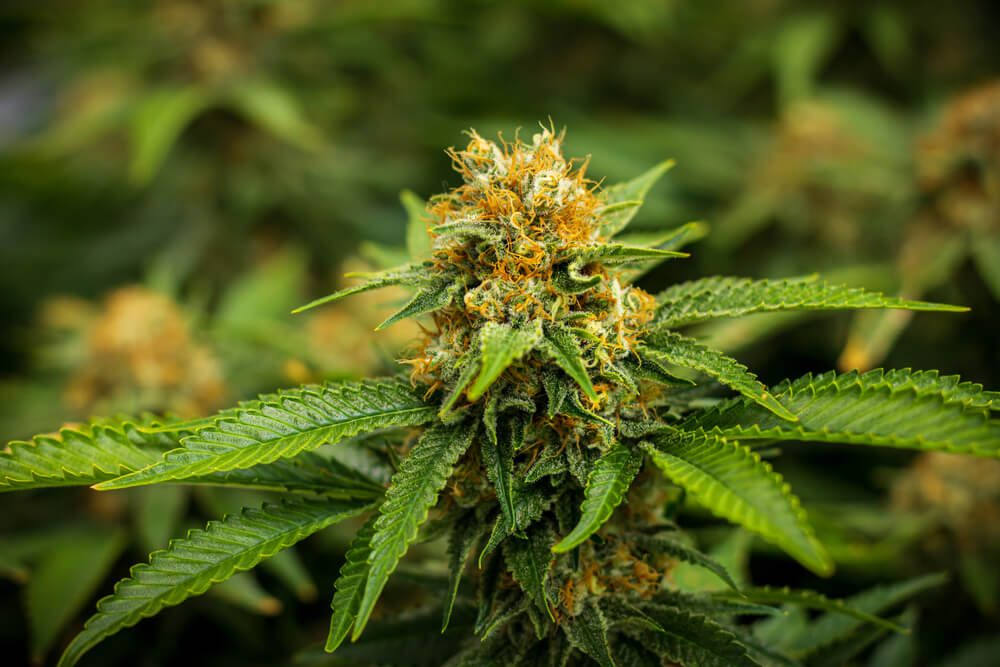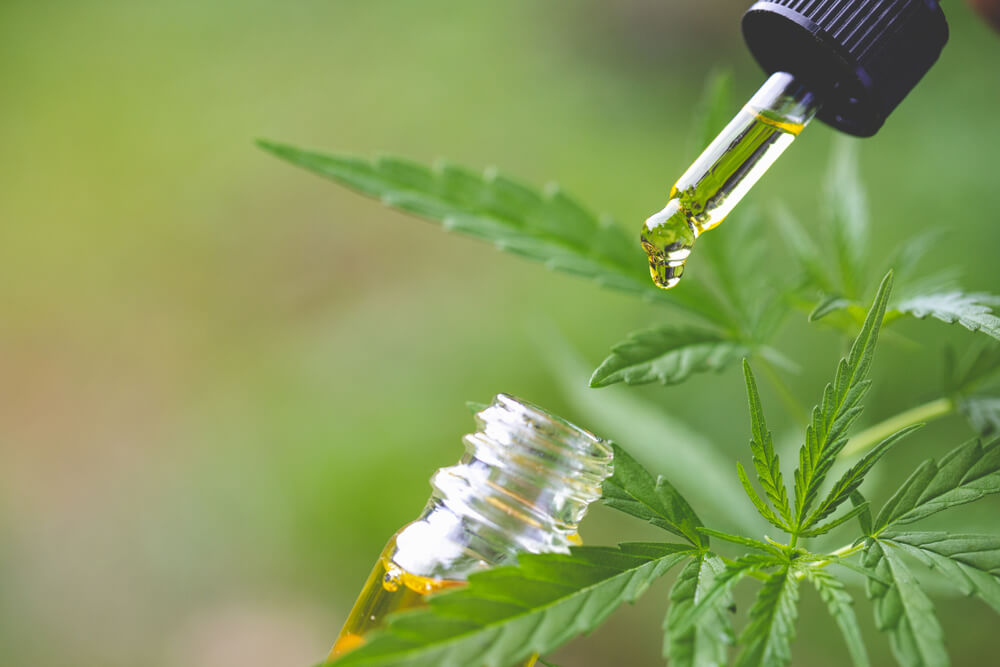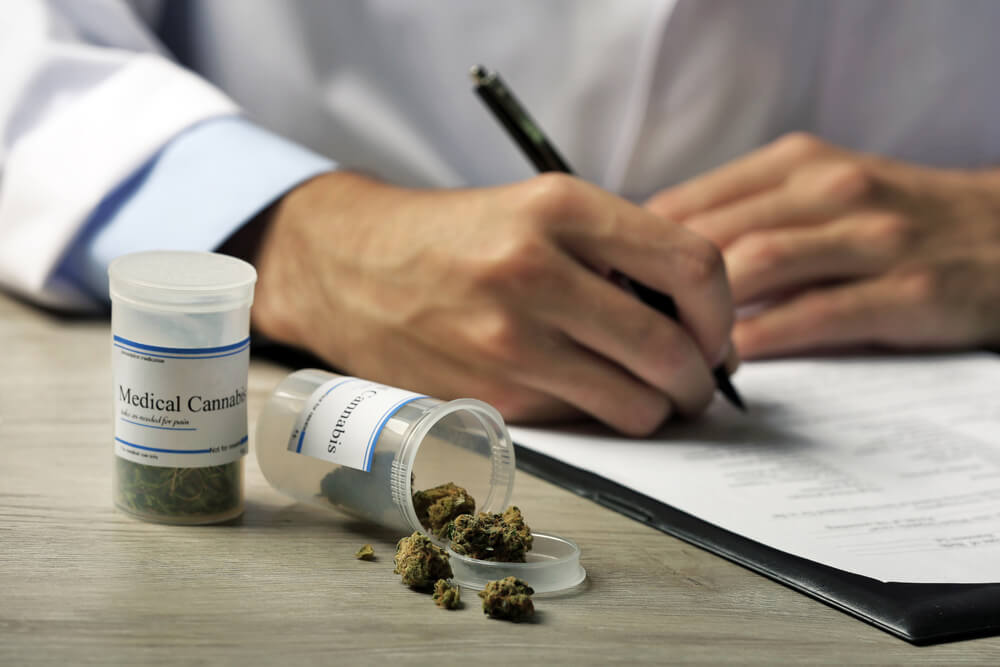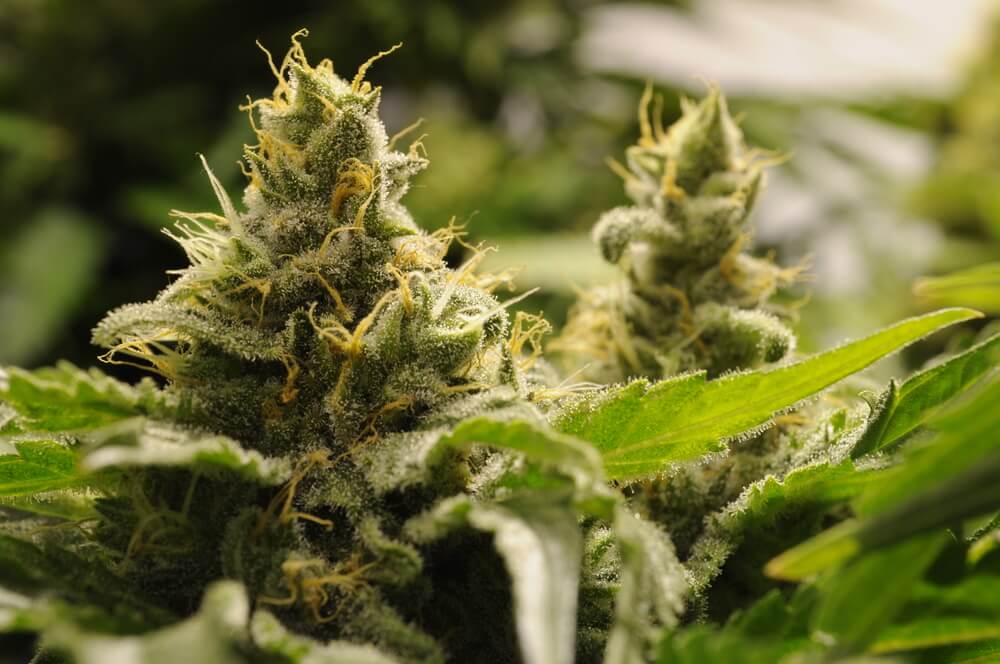Do you know what gives cannabis its psychoactive and healing properties? Enter cannabinoids.
Cannabinoids are chemical compounds in cannabis. They are responsible for its characteristic smell and its range of potential effects.
It turns out, there are over 100 different types of cannabinoids in cannabis. Each one is a special version of the “same” basic chemical structure. These compounds aren’t just important because they give cannabis its distinctive smell and taste, they’re important because they have unique properties that don’t appear in any other plant on Earth.
Curious to find out more about them? Then keep on reading as we are about to introduce cannabinoids and explain why they are so special.
Let’s begin!
What are Cannabinoids?

There are over 480 compounds found in the cannabis plant. Of these, around 70 are cannabinoids.
By far, the most well known cannabinoid is delta 9 tetrahydrocannabinol (THC). However, before we learn more about THC, cannabidiol (CBD), and the other major cannabinoids, we must first learn about human biology. Don’t worry. There’s no need to remember anything from high school.
Here is some fascinating bit of news that may surprise you! You have an endocannabinoid system (ECS for short). While you may not have heard much about it, the ECS has components inside every cell of our body.
Furthermore, it is essential for both the regulation of cellular activity and neural communication. Our understanding of the ECS is a relatively recent finding, yet it is profoundly important to the function of our body and brain.
The ECS consists of three different parts:
- Cannabinoid Receptors
- Endogenous Cannabinoids
- Enzymes that build or breakdown endogenous cannabinoids
Endogenous Cannabinoids
The endogenous cannabinoids (or endocannabinoids for short) are compounds designed to fit into the cannabinoid receptors.
When endocannabinoids trigger the cannabinoid receptors, they perform specific mechanisms of action. The two types of ECS receptors are called cannabinoid type-1 and type-2 receptors (or CB1 and CB2 receptors).
In addition, the two major endocannabinoids are Anandamide and 2-arachidonoylglycerol (2-AG). These two primary endocannabinoids influence the CB2 and CB1 receptors.
Here’s what you need to know about each.
Anandamide is the ‘bliss molecule’ due to the health effects it produces. We know that anandamide is released after prolonged moderate physical activity. This produces what we know as the runner’s high.
The symptoms include euphoria, appetite suppression, and pain reduction during release. After that, appetite stimulation and sleep promotion occur as anandamide breaks down. These effects are primarily a result of anandamide acting upon CB1 receptors in the brain.
Furthermore, there is 2-arachidonoylglycerol. 2-AG has more subtle yet essential effects on the human body. While anandamide is mostly functional inside the central nervous system, 2-AG acts all over the body.
Based on our current understanding of 2-AG, it appears to modulate our immune systems. Immune cells inside our body possess CB receptors that are activated by 2-AG when it is released.
Finally, the actions of 2-AG appear to relate more to the actions of CB2 receptors.
Cannabinoids (Phytocannabinoids)
Now that we understand the key facts about these exciting endocannabinoids, we can get back to the cannabis plant.
Inside this wonderful plant are the cannabinoids, also called phytocannabinoids (Phyto- means from or in a plant).
It is important to note that there are also synthetic cannabinoids not made by plants but produced in laboratories.
What’s Synthetic Weed? All About K2, Spice and More
These synthetic cannabinoids are used for certain pharmaceuticals and within an illicit market. Consumers should avoid illicit synthetic cannabinoids, as they carry many health risks.
What do Cannabinoids Do?

When it comes to cannabis and cannabinoids, it is simply amazing how these compounds mimic the effects of our natural endocannabinoids. In fact, it was through looking at the effects of cannabinoids that researchers discovered the ECS components.
Of the cannabinoids, THC has the most pronounced effects on the nervous system. It is THC that is primarily responsible for the cannabis high most of us have experienced. This cannabinoid works by acting upon CB1 receptors in the brain to mimic the runner’s high produced by anandamide.
THC is the single most studied cannabinoid in the world! This is thanks to its psychoactive effects, which allow researchers to study the effects of cannabinoids without having to deal with legal consequences.
In addition, there is also CBD.
When it comes to our peripheral nervous system, CBD tends to play a more prominent role. While CBD does not directly unlock the CB receptors, it does influence them rather strongly, providing potent healing effects.
Beyond the nervous system, our immune system is also influenced by the consumption of CBD. These indirect effects involve a cascade of effects related to inflammation, anxiety, and so much more.
CBD is also used as a sleep aid and to treat disorders such as schizophrenia, post-traumatic stress disorder (PTSD), and obsessive-compulsive disorder (OCD).
Here’re some of the most prominent effects of these cannabinoids.
1. The Effects of THC on Pain
Researchers have been studying whether THC can help those suffering from persistent pain. While anecdotal reports provide clear evidence of the benefits of THC, the research is slightly more mixed.
That said, THC appears to produce analgesic effects (reducing pain) via activation of the cannabinoid receptors in the peripheral and central nervous systems.
As society begins to pay more attention to the burden of chronic pain, expect to hear more people talking about THC!
2. The Effects of CBD on Neurodegenerative Disorders

CBD has been shown to have widespread effects on human bodies. One of the many exciting areas of research around CBD is related to neurodegenerative disorders.
The multiple molecular pathways activated by CBD appear to be beneficial for the progression of neurodegenerative disorders like Parkinson’s and Alzheimer’s disease.
The mechanisms of action seem to involve the minimization of oxidative stress on the nervous system.
3. The Role of CBD on Anxiety
Based on clinical studies and real-world observations, CBD has been found to have one tremendous property.
We know that CBD is not psychoactive in the way THC is (that is, it does not produce effects we call being ‘high’).
However, it does still act upon the brain in ways that impact our consciousness. For example, CBD is now widely considered to be anxiolytic – meaning that it reduces anxiety.
Are There Other Cannabinoids?
There are around 70 different cannabinoids in the cannabis plant. While research has only begun on many of the minor cannabinoids, we are learning more every day.
One important distinction to make when it comes to cannabinoids is the difference between activated and non-activated cannabinoids.
By active, we can think about the effects discussed above for THC and CBD. What you might not know is that these compounds are barely found in dried cannabis flower.
Why is this the case?
Well, this is because the compounds exist in non-activated forms inside the cannabis plant.
When we smoke or vape cannabinoids, we are taking advantage of a process called decarboxylation. It is through this process that non-activated cannabinoids become active.
For more information, check out this guide to decarboxylation.
Non-activated Cannabinoids
When we say non-activated, you can also read that to mean ‘acidic’ compounds. The major acidic cannabinoids are THC-acid and CBD-acid (or THCA and CBDA).
It is important to note that the non-activated plant compounds still produce some amazing effects on the body. For example, THCA is known to have neuroprotective effects, while CBDA has the potential to reduce nausea and vomiting.
That being said, while THCA and CBDA do produce benefits relevant to many people, most of us still want them to be activated.
To activate them, we remove the ‘acid’ part of the compounds by burning or vaping the plant material. The resulting decarboxylation produces THC and CBD, respectively.
Activated Cannabinoids

For the most part, you won’t need to worry about whether cannabinoids are active. If you are smoking, vaping, or dabbing a cannabis product, you activate the acidic cannabinoids inside.
Where we need to pay more attention is in making homemade edibles. If you want to eat cannabinoids, they ought to be activated first. This can be easily achieved by putting buds in the oven and decarbing them for 30-40 minutes.
Decarboxylation – How to “Activate” Weed
After the compounds are activated, they are ready to be infused and enjoyed.
Final Thoughts
Congrats! You’ve reached the end! You are now ready to tell your friends all you have learned about cannabinoids, what the endocannabinoid system is and how to activate your weed.
Cannabinoids offer many beneficial effects, and as cannabis becomes more widespread, we are sure to see more studies emerging on cannabinoids.
The future is bright for cannabis! So be sure to subscribe to Herb Approach and visit us regularly to keep yourself updated on all things cannabis!
Happy trails!

